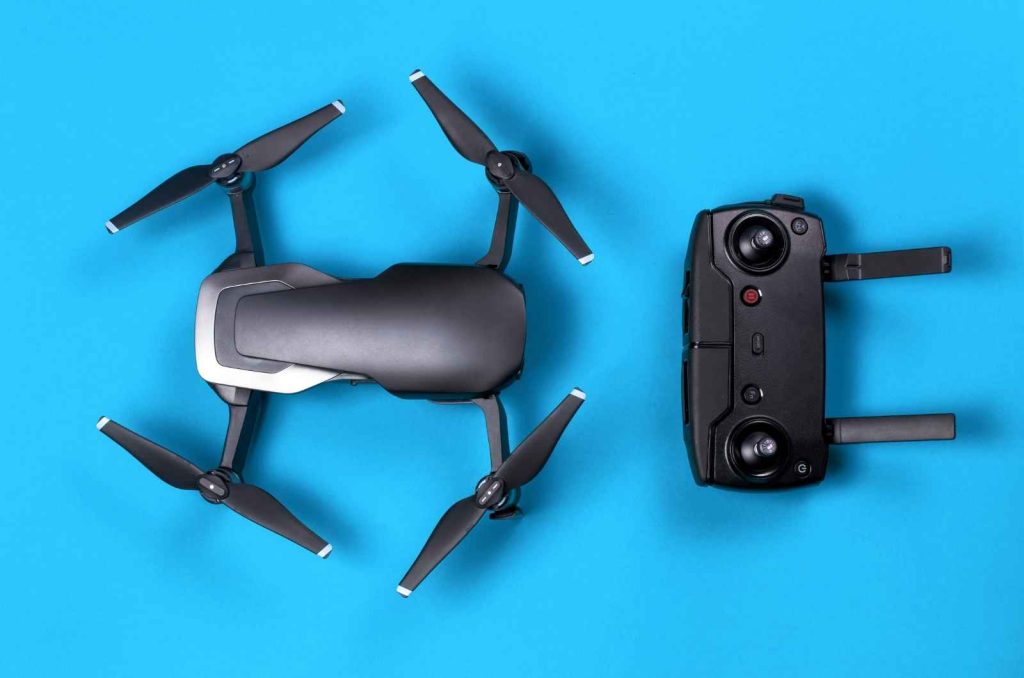
What Is Drone Docking Technology?
Drone docking technology represents a leap forward in the integration of unmanned aerial vehicles (UAVs) into our daily lives and, more specifically, into critical emergency & first response operations. At its core, drone docking technology encompasses the systems and infrastructure that allow drones to operate autonomously – including landing, recharging, sheltering, and even data transfer – without the need for human intervention. Innovations such as the StrixDrones Docking Station and the DroneDrop Delivery Mailbox are pioneering examples of how such technology is not only conceivable but already in action. These systems facilitate a seamless interaction between drones and their operational environment, making them ready and reliable for a range of applications. Particularly in emergencies and for first responders, drone docking technology can significantly amplify efficiency, enabling drones to swiftly recharge and deploy, ensuring that they are available for critical missions around the clock. This introduction into drone docking technology sets the stage for understanding its profound impact on enhancing emergency & first response services and supporting first responders in their vital work.
How Does Drone Docking Technology Work in Emergencies?
In emergency & first response scenarios, every second counts. Drone docking technology streamlines the deployment and operation of drones during crises by providing an automated base of operations. Here's how it works: drones are stationed within docking stations, such as the Strix1600 or Strix2100, that are strategically placed throughout an area. When an emergency call is received, drones are automatically dispatched from their docking stations to the site of the incident.
These state-of-the-art docking stations are equipped with features that enable drones to land, recharge, and shelter from harsh weather conditions, ensuring they are always ready for action. Additionally, they facilitate the secure download of data collected during flights, such as live video feeds, which can be crucial for situational assessment by emergency & first response responders.
For missions involving the delivery of medical supplies or other critical items, systems like the DroneDrop Delivery Mailbox come into play. These allow drones to securely deliver packages to specific locations, which can be indispensable in situations where time and access are limited. This seamless integration of docking and delivery capabilities ensures that drones can effectively support emergency services, making response efforts more efficient and effective.
What Are the Advantages of Drone Docking Stations for Emergency Services?
Drone docking stations offer a multitude of advantages for emergency services, fundamentally transforming the landscape of emergency & first response, management. One of the primary benefits is the ability for continuous operation. With the autonomous recharging capabilities of docking stations like the Strix1600 and Strix2100, drones can maintain longer periods of operation, ensuring that they are available to assist in emergencies without the downtime associated with manual recharging.
Another significant advantage is the enhanced situational awareness provided to first responders. Through the integration of advanced docking stations, drones can quickly be deployed to assess emergency scenes, relay real-time video feeds, and gather crucial data, allowing for more informed decision-making and strategic planning in critical moments.
Furthermore, the secure and automated delivery of medical supplies or other essential items via systems like the DroneDrop Delivery Mailbox can be lifesaving in scenarios where time is of the essence. This capability ensures that aid reaches its destination swiftly and safely, even in environments that are challenging for human responders to access.
Lastly, the universal and modular design of these docking stations ensures compatibility with a wide range of drone models, making it a versatile solution for emergency services with diverse operational needs. This adaptability, combined with the increased productivity and cost-effectiveness, positions drone docking technology as a pivotal innovation in enhancing emergency response efforts.
How Can Drone Docking Stations Enhance the Efficiency of First Responders?
Drone docking stations significantly enhance the efficiency of first responders by providing rapid deployment and real-time intelligence capabilities. In emergency situations, the ability to quickly assess the scene and make informed decisions is critical. Drones, autonomously dispatched from docking stations like the Strix1600 and Strix2100, can be airborne within moments of an emergency being reported. This immediate response time allows first responders to gain a comprehensive understanding of the situation before they even arrive on the scene.
Moreover, the real-time data transmission facilitated by these docking stations ensures that first responders have access to live video feeds, thermal imaging, and other critical information. This level of situational awareness can dramatically improve the safety and effectiveness of emergency operations, allowing teams to pinpoint hazards, navigate challenging environments, and locate individuals in need of aid more efficiently.
Additionally, the autonomous nature of these systems reduces the manpower needed for drone operation and maintenance. This allows emergency services to allocate their human resources more effectively, focusing on direct intervention and aid rather than the logistical aspects of drone management.
Lastly, the capability of drones to deliver essential supplies via systems like the DroneDrop Delivery Mailbox can be invaluable in disaster relief scenarios, ensuring that medical supplies, water, and other necessities reach those in need, even in areas inaccessible by traditional means. This logistical support not only enhances the efficiency of first responders but also broadens the scope of their intervention capabilities.
The Future Impact of Drone Docking on Emergency Response
The integration of drone docking technology into emergency services heralds a new era of efficiency and effectiveness in emergency & first response. By enabling rapid deployment, providing real-time situational awareness, and facilitating logistical support, drone docking stations like the Strix1600 and Strix2100 are set to revolutionize the way first responders approach emergencies. As this technology continues to evolve and become more integrated into emergency operations, we can expect to see significant improvements in response times, operational efficiency, and overall outcomes in emergency situations. The future of emergency response is undoubtedly brighter with the adoption of drone docking technology.
click here for more info: https://www.strixdrones.com/
